|
Player(s): 1 Platforms: Nintendo Switch, Microsoft Xbox One, Sony PlayStation 4, Sony PlayStation Vita The rhythm game genre is oft shoved to the side, which is a shame considering the important sensors it takes advantage of with the player. Rhythm games touch into our coordination, our incessant need to take the challenge of doing the best we can in what we play, our love for unlockables and most importantly, the human desire to enjoy music. Superbeat: XONiC takes all of these standards in the genre and heightens them in a way that helps it stand out from the plethora of rhythm games that exist. As a fair warning, this review is based solely on the Nintendo Switch version of the game. We did a small first impressions bit on the PSVita version which you can read here. As it stands, the Switch has a decent number of rhythm games with varying types of gameplay. XONiC is a sort of spiritual successor to the DJMax series, without the unforgiving difficulty that has followed in that series’ wake. The game makes use of practically all the buttons on the controller, which may sound complex, but actually flows quite well. This is in large part due to the way the screen displays the button cues. The screen is split in two halves, representing the right hand and left hand. Actions representing ‘up’ go on the top and vice versa. For example, if a cue requires you press up on the D buttons, then it will appear in the top left section of the screen. If the action requires you move the right analog stick down, then it will appear on the lower right of the screen. This logical presentation really helps to take away unnecessary learning curve and enable the game to present more challenging scenarios from the get-go. This sounds like the potential for a really painful learning curve, but it really isn’t. It also helps that all of the actions are color-coded, so that you not only associate cue positions with controller button positions, but you also start to mentally associate colors with buttons, thus making it really easy to reflexively do the appropriate action. There is a downside to this, though. The game was originally designed for the PSVita, and it clearly shows. There are a lot of quick transitions between buttons and analog movements, which normally wouldn’t be an issue. The problem is that the right analog stick on the Switch is on the bottom of the controller, not top. This means that you’ll be mentally reacting in opposite ways for each hand. This may not seem like a big deal, but when the game depends so heavily on subconscious reflex and coordination as the way for the player to do complex actions, it really ends up becoming difficult to adapt. Even after progressing to level 30 and completing a good amount of the game, I still have random bouts of trying to do an analog action on the buttons or vice versa for the right Joy-Con. You’d think that the ability to play the game with touch screen would solve this issue, but the touch screen actions never seemed to respond properly for me. After spending a lot of time with a different rhythm game called Voez, which is exclusively touch screen, I know that it’s not an issue with the Switch’s sensors, but rather with how the touch detection is programmed. I can’t really think of any effective way to overcome this issue, and this is likely what the developers thought as well. Maybe if the game was made just for the Switch they could have come up with a solution, but being a multiplatform game means they have to try and make everything work as well as possible between systems. Being able to restart songs on a whim without losing progress from previous songs in that set and the fact that the songs are short versions really means that you will get used to it sooner or later without being too intrusive. To help this out is the rather forgiving window within which you can do the actions. With how fast and challenging the game can get later on, this is a very welcome way to address this slight time your brain needs to think about the action switch on the right hand. Speaking of difficulty, I really love that the game doesn’t force you into playing the hardest difficulties to unlock a good amount of the content. You can adjust the scroll speed of the cues to your needs without disabling your progression ability. The best part is that you can set this on a song-to-song basis, regardless of the game mode you’re playing. The downside is that your score potential goes up with the faster you set the speed, if you’re looking to get the best possible score. Speaking of game modes, this is really my main complaint with the game. There are, realistically, only two game modes: Stage and World Tour. In Stage Mode, you select one of 3 difficulties (which adds button presses to the songs, making them more complex) or Free Play, and play through a series of songs of your choice. In World Tour, you play through a pre-set group of songs with pre-set challenge criteria as a goal. You have to play through these songs back to back with the only break being the appearance of the logo for the next song. An example challenge would be to reach a minimum combo of 100 while limiting the vision of action appearances by half. This mode is a lot of fun, and really tests your abilities, but is the only unique mode in the game. Everything else merely involves looking at your unlocks or high scores. It feels like a missed opportunity for more creative modes due to the function of unlocks. Unlocks come in a few forms. There’s the standard new song you can unlock, and then there are aesthetic unlocks such as profile icons. The cool thing about the profile icons is that they also give you special abilities such as increasing your health before failure or increasing the window for a perfect button press. This means that you can actually tailor your abilities to the song, or to your play style in order to try and make up for whatever your greatest weakness might be. This is a great way to allow less skilled players to still enjoy a challenge without completely cutting them off from some of the harder parts of the game. It’s little things like this, which are geared towards accessibility without forcing the more skilled players to lose the challenge factor, that really make XONiC so fantastic. To even further help the game be playable, is the very aesthetically pleasing presentation. There is just enough flair to keep your senses on edge, without being overwhelming to the point of being distracting as a cheap way to prevent the player from doing well (I’m looking at you, Hatsune Miku series). I’m really impressed that they managed to find such a seamless balance, and it really makes the player feel comfortable even in the tensest situations. Let’s forget about all that though. You now know that the game plays well, despite its flaws. The most important part besides that is, of course, the songs. It has a good collection of over 60 songs. From my understanding, the songs are a collection of original content along with licensed content. There’s a large variety of genres covered, in multiple languages including English, Spanish, Japanese and Korean. The song selection is very very good, and I’m surprised with how they managed to successfully represent such variety in genre and language while keeping a high standard for quality. Even for the songs that are in genres I’m not usually into, I can happily say were a joy to listen to. Part of this is due to the heightened connection you have with a song by actively playing the game in tune with the song, and the rest of the credit goes to the production quality as well. To top it off, not only can you choose to turn off action noises (noises that happen when you press a button), but there are a ton of action noises to choose from, thanks to many unlockables. Since the Switch doesn’t accurately record game play time, I am not sure how much time I spent with the game. I can say that I played enough to get a minimum of an S-rank in all songs in the first two difficulties along with completing all World Tour challenges unlocked up to about player level 35. Even at that point, I still feel like there is a lot for me to accomplish before I’ll feel ready to shelve the game, and really helps to lend the game a lot of value. Throw in a leaderboard to fuel the competitive spirit, and the player will be hard-pressed to find much to complain about regarding the volume of content. Superbeat: XONiC is a clear love-letter to rhythm game fans old and new. It manages to present quality music in a novice-friendly environment, while offering plenty of challenge for veterans of the genre as well. Everyone who is looking for a fun rhythm game will find plenty to enjoy out of it. At a $39.99 asking price and available both physically and digitally, this is definitely a game worth checking out. NOTE: As mentioned, the entirety of this review is based on the Nintendo Switch version of the game. Only some of the DLC content from earlier versions is included from the get-go, with no indication if the rest will be released later. All the features are the same between versions. The game runs smoothly on all platforms, but the Switch and Vita versions offer the benefit of portability. The Switch also offers the seamless ability to play on the TV without the need to buy any extra hardware, and is easily the highest recommended version of the game by me despite us not being sure about whether we’ll get all the DLC content at some point or not. Ultimately though, get whichever version you prefer. The Nintendo Switch version releases November 21st. - Teepu Graphics: EXCEPTIONAL Sound: EXCEPTIONAL Gameplay: AMAZING Value: AMAZING OVERALL: AMAZING Disclaimer: This game was provided to us from the developer/publisher for the purpose of this review.
0 Comments
Leave a Reply. |
Search
Contributors◆ Angie
◆ Emily ◆ J.D. ◆ Janette ◆ JT ◆ Manuel ◆ Nestor ◆ Rose ◆ Sylvia ◆ Teepu ◆ Tiffany ◆ Winfield Archives
June 2025
|
© 2014-2025 A-to-J Connections. All Rights Reserved.

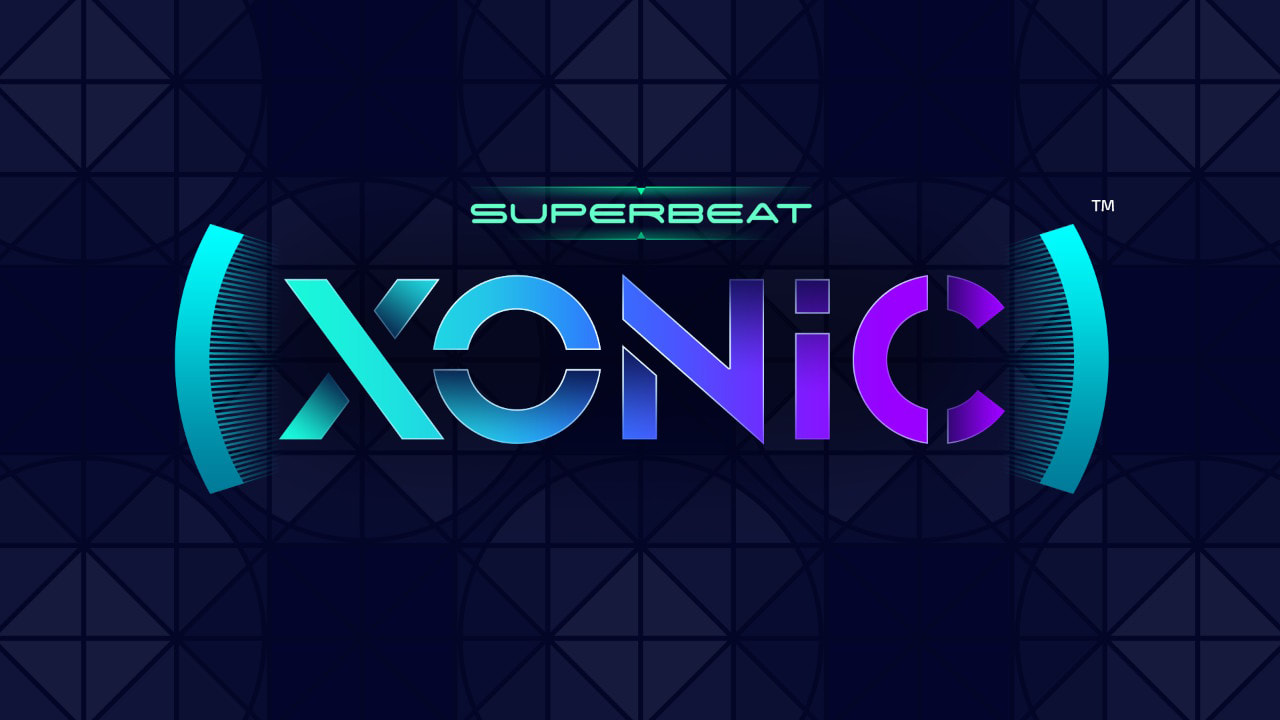
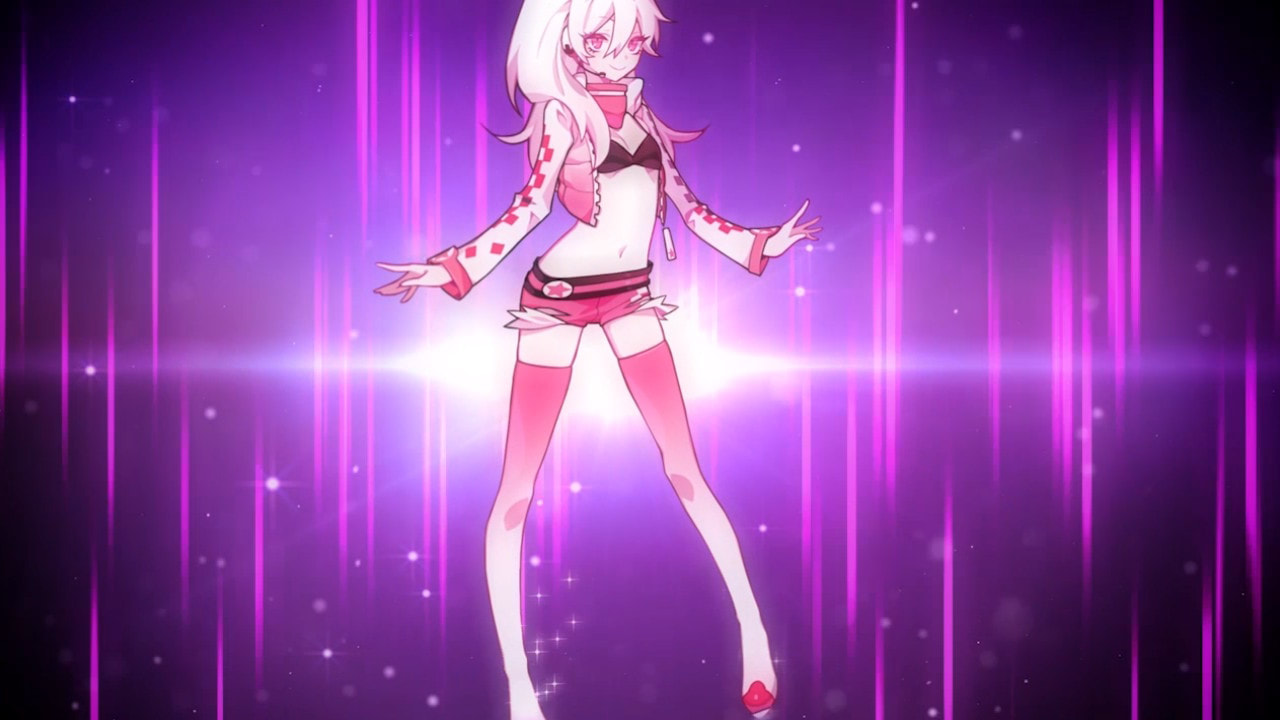
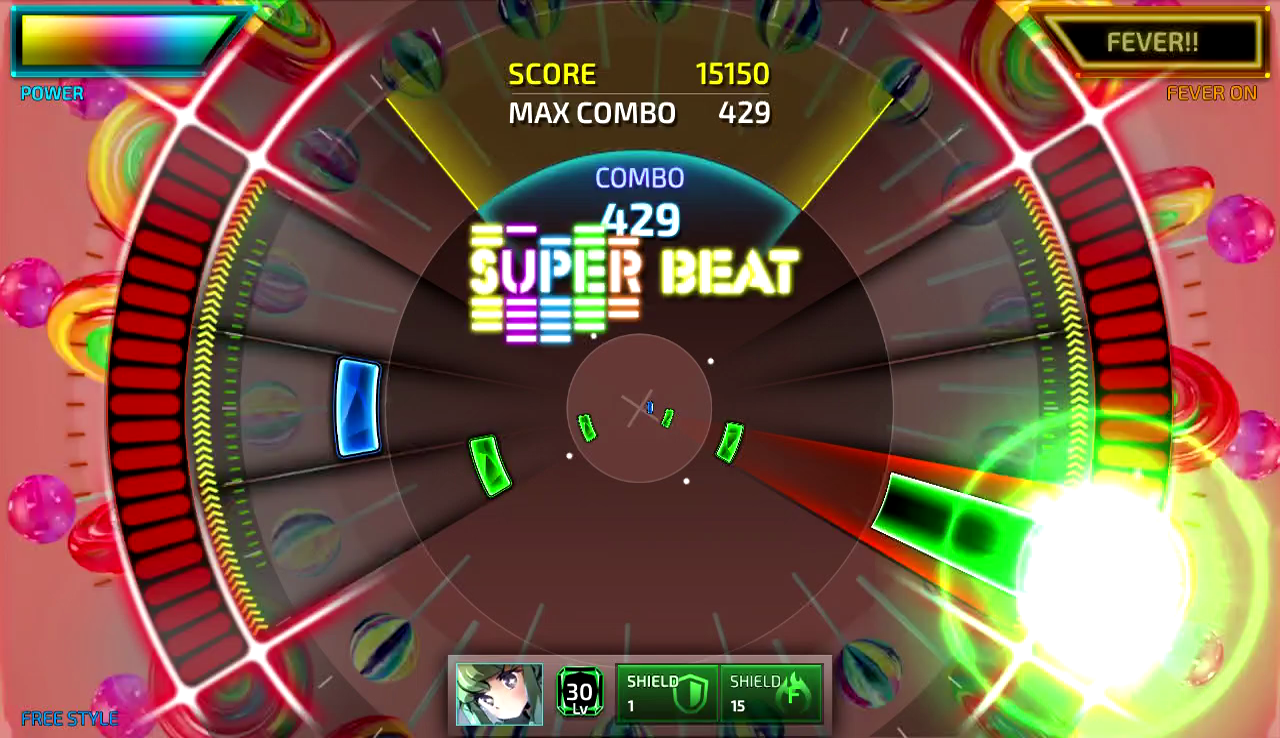
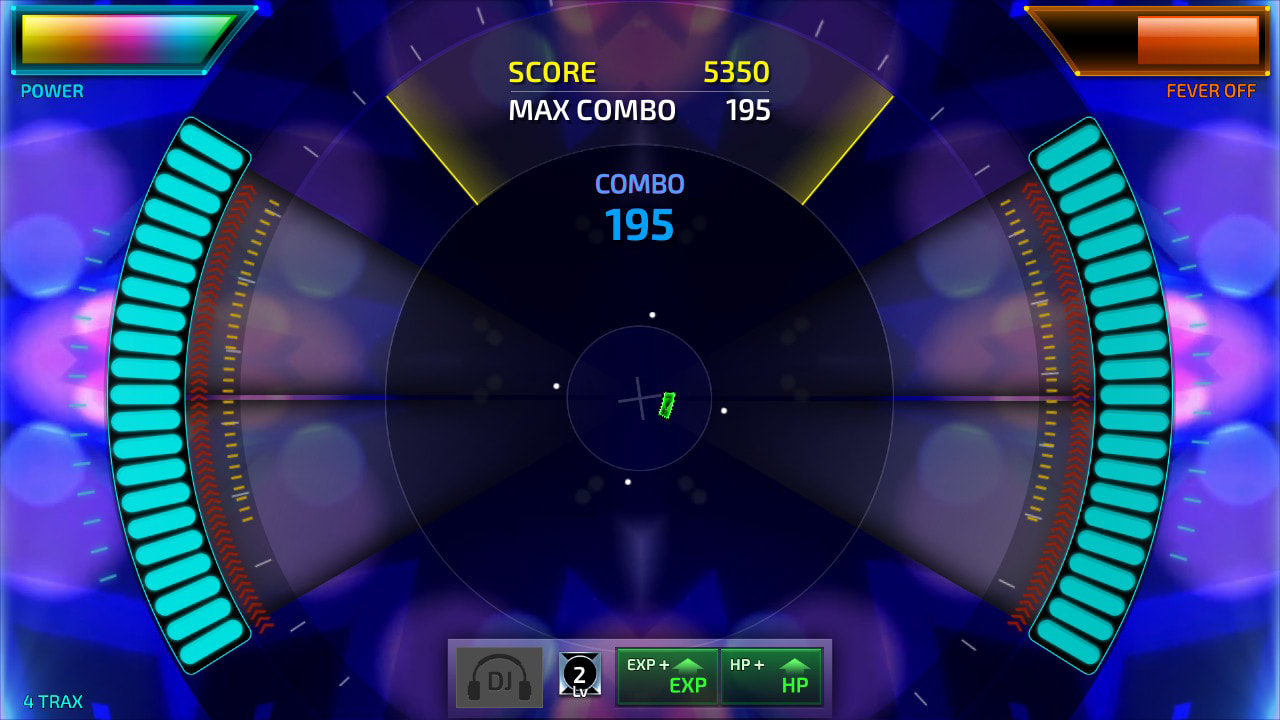
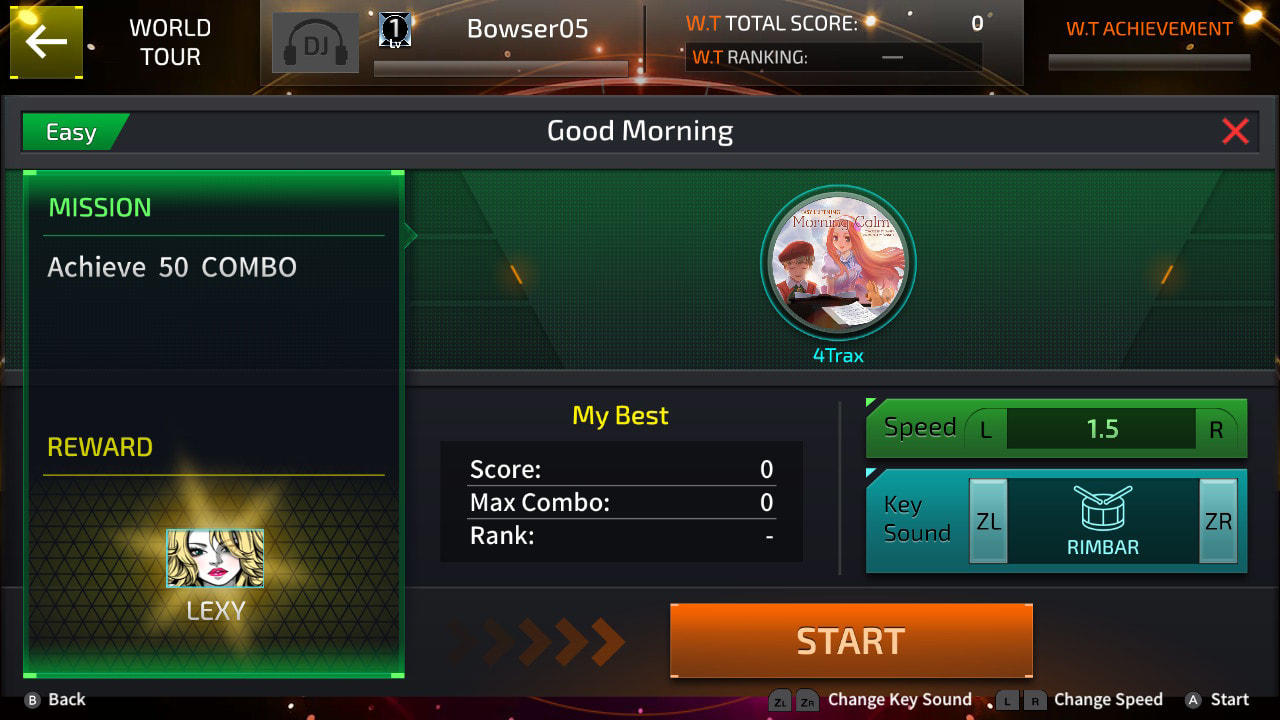
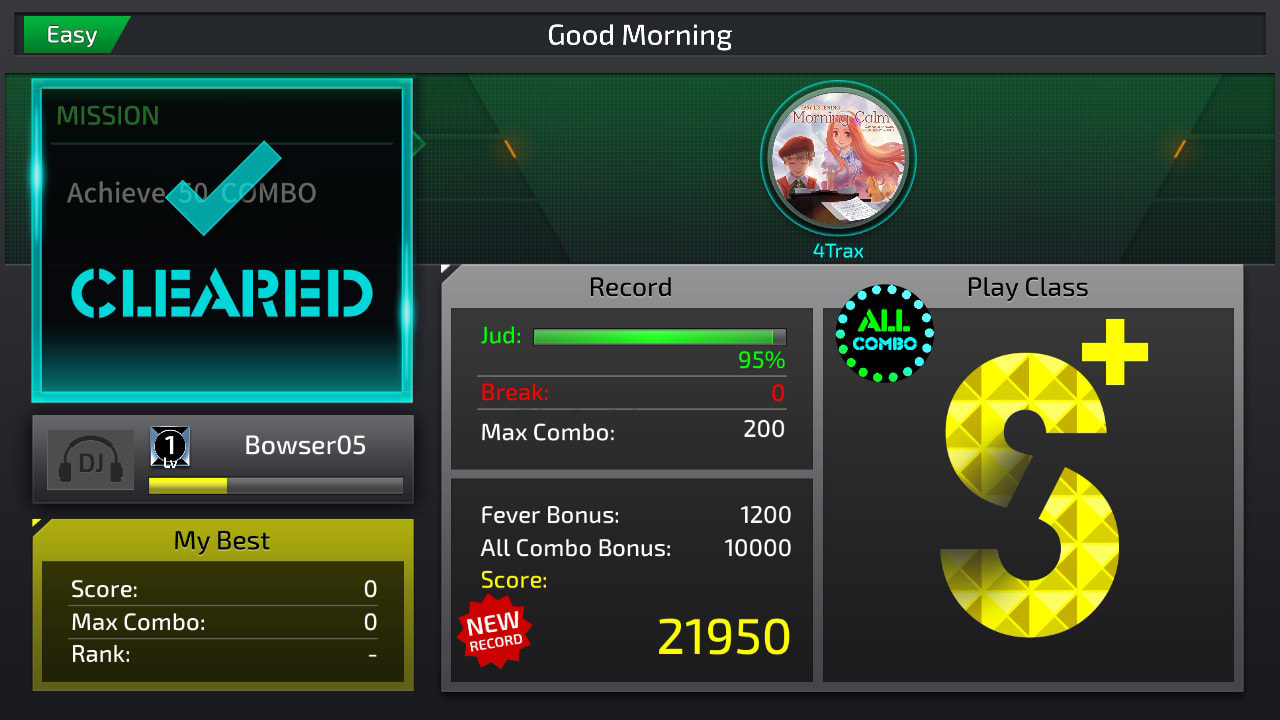
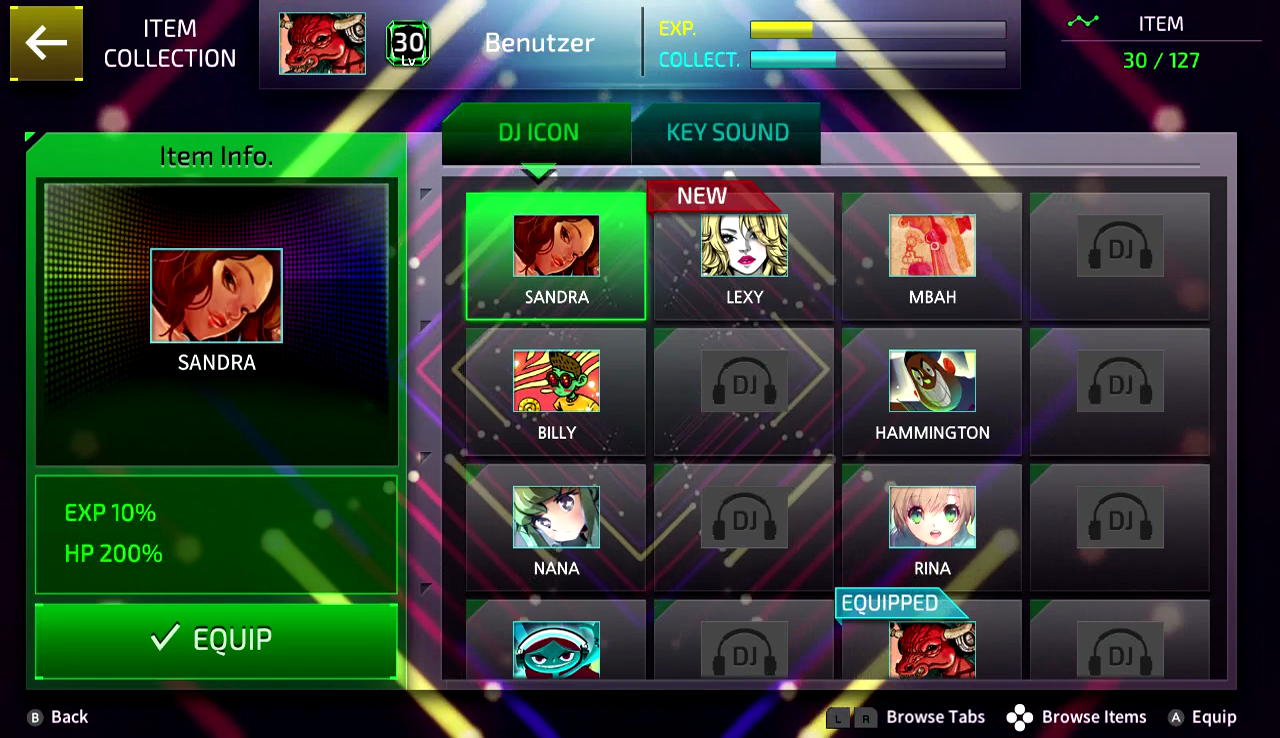
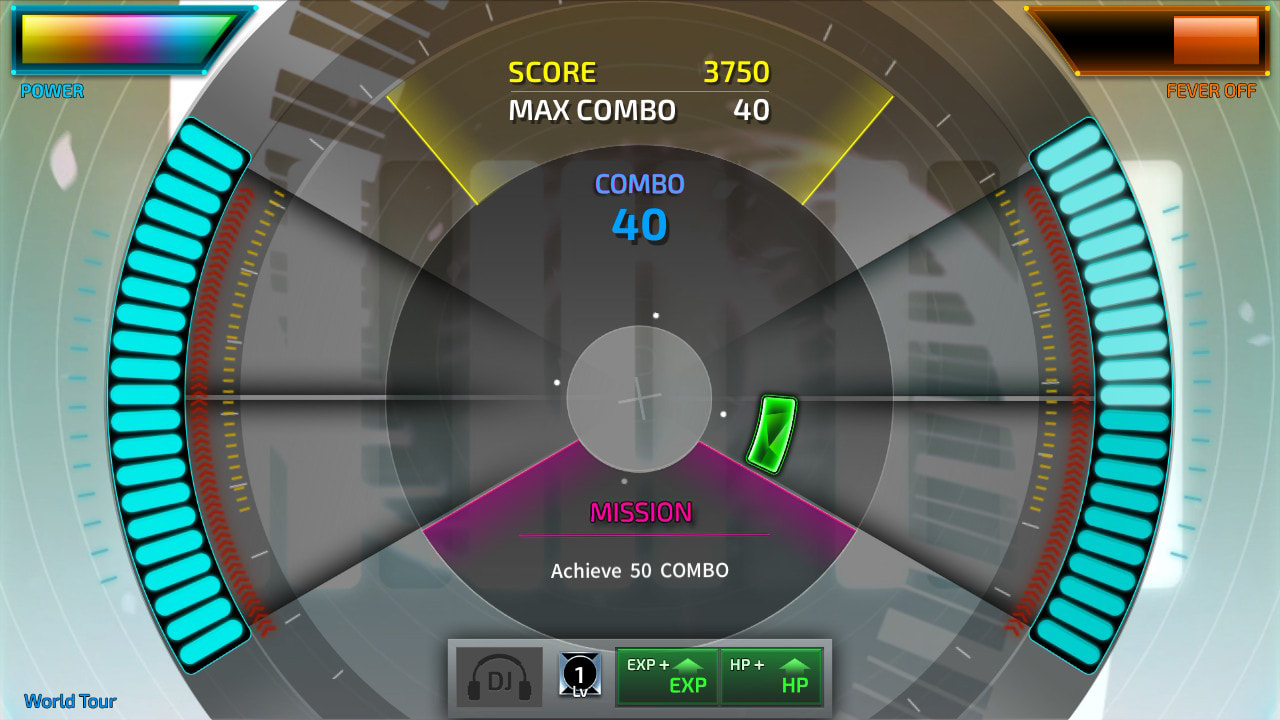
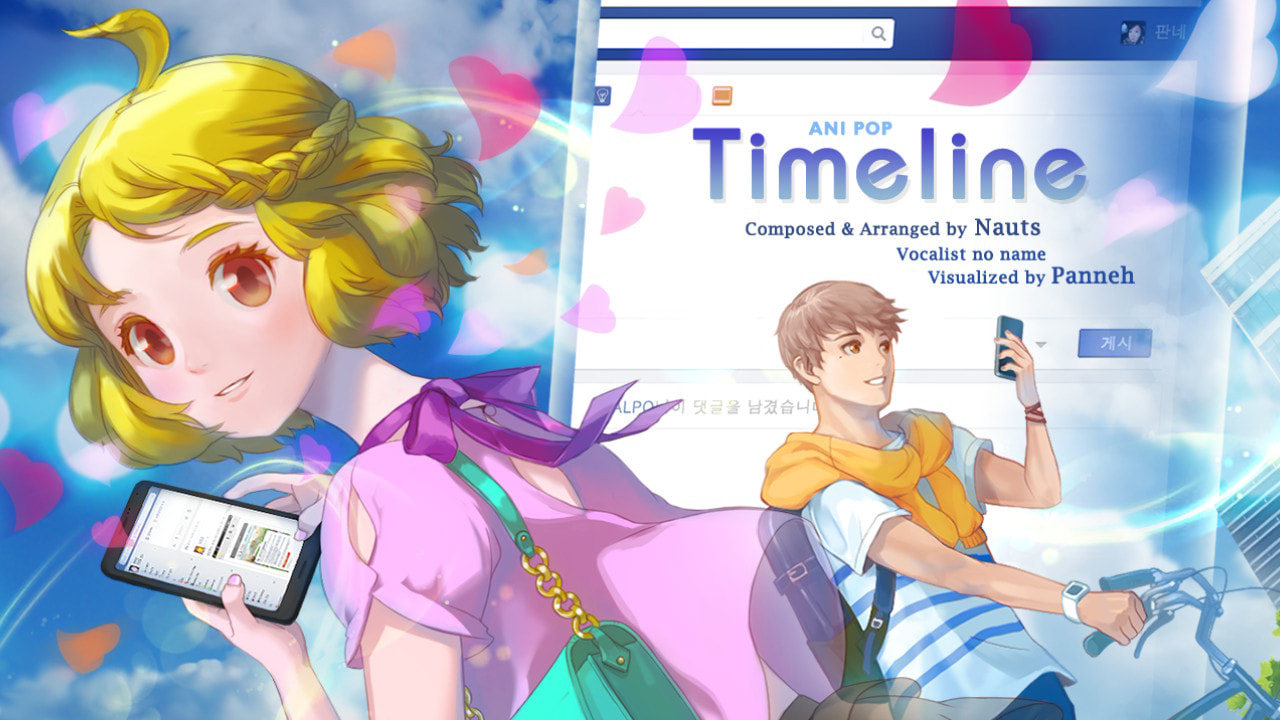
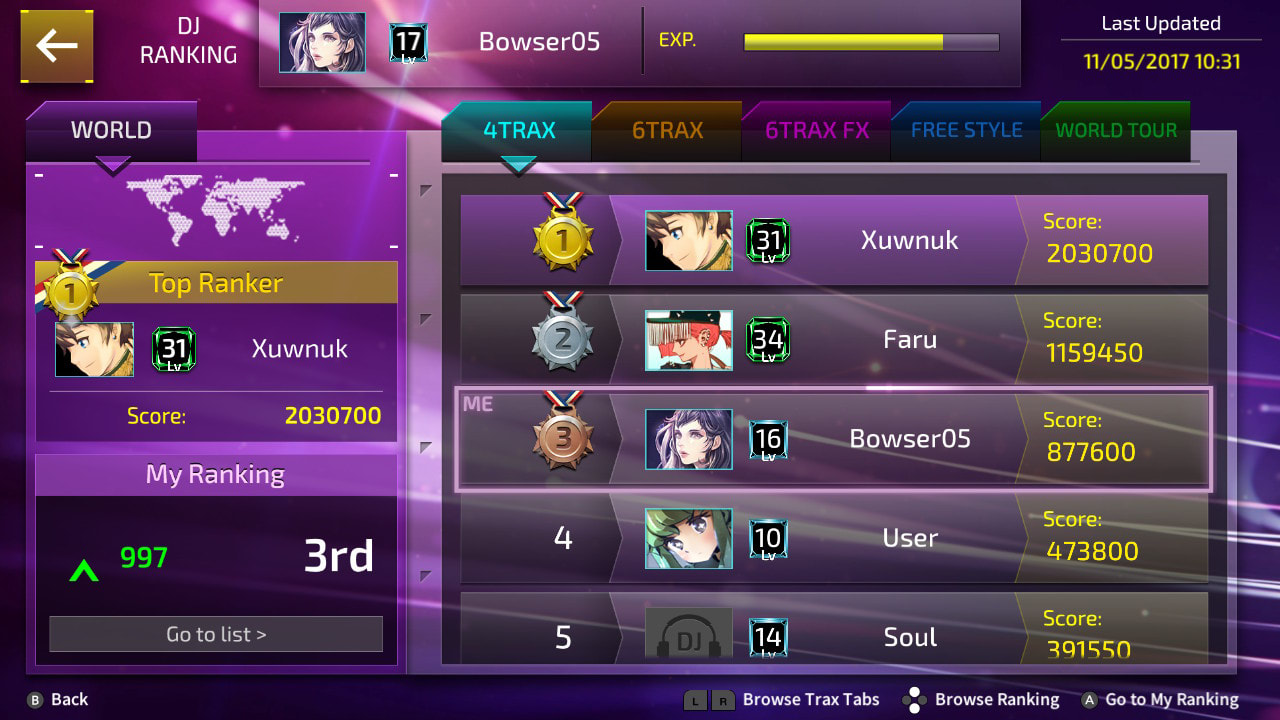
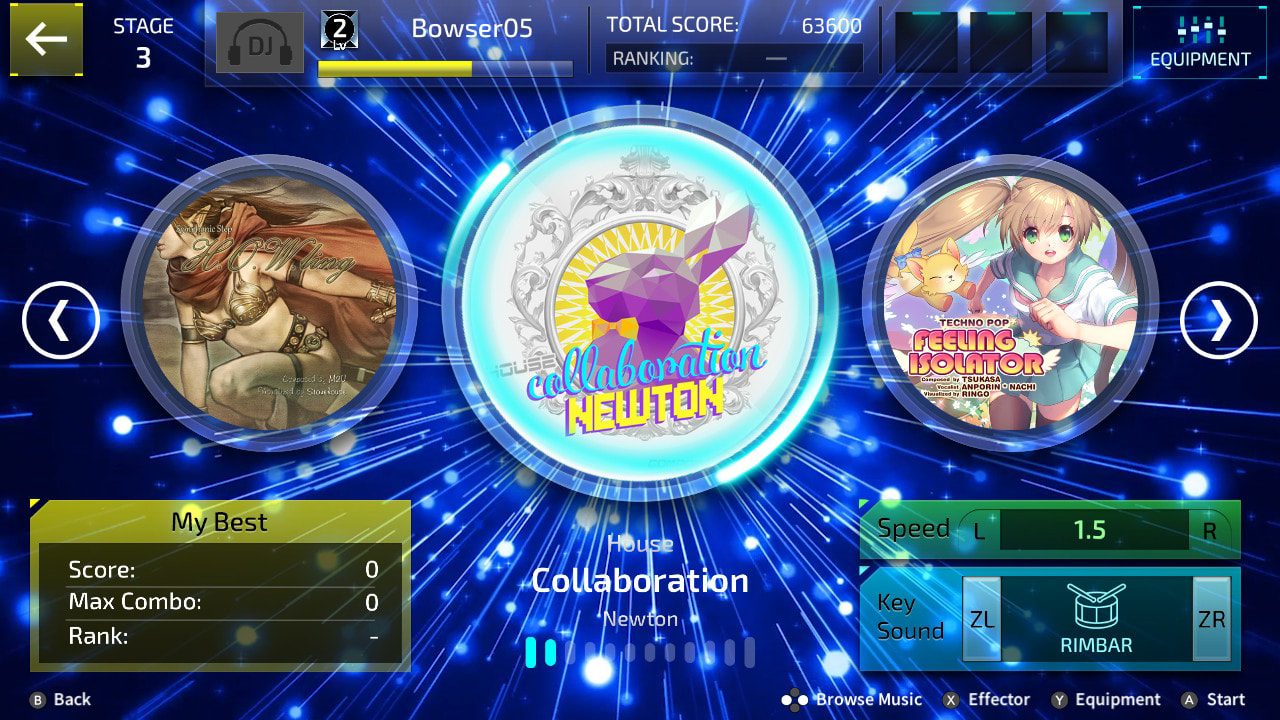
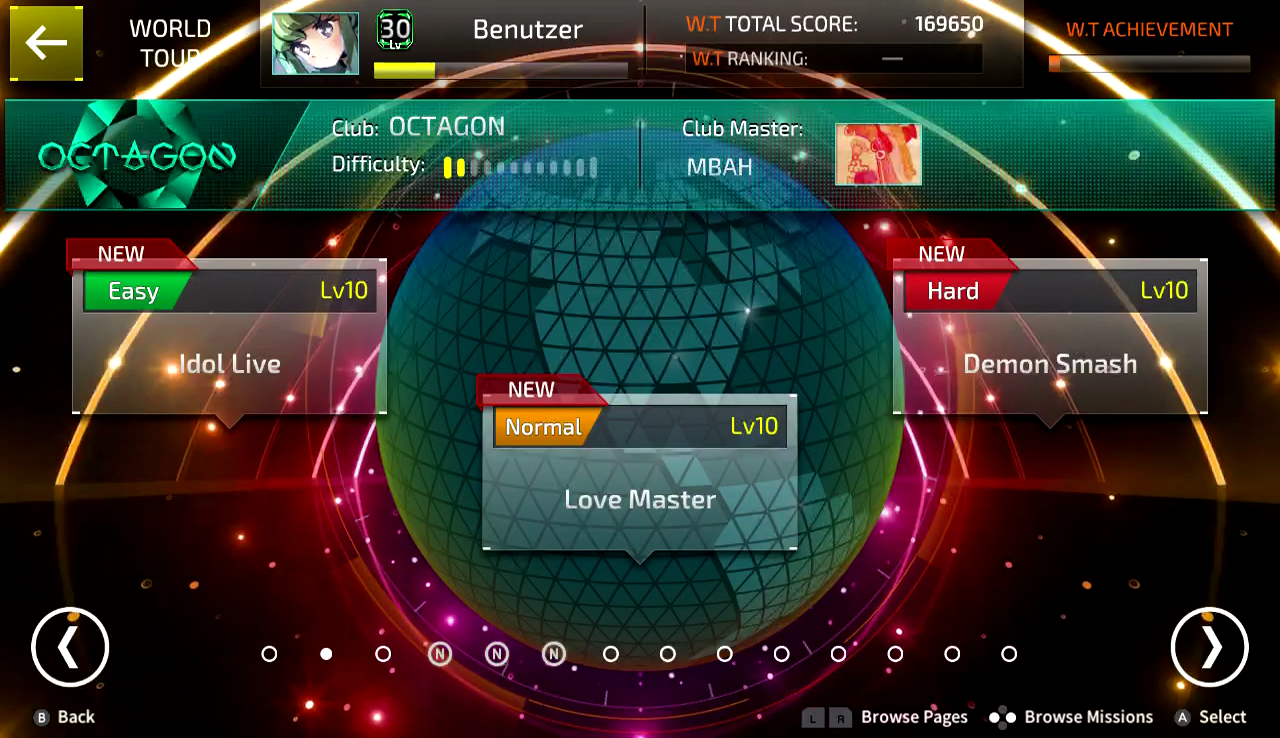
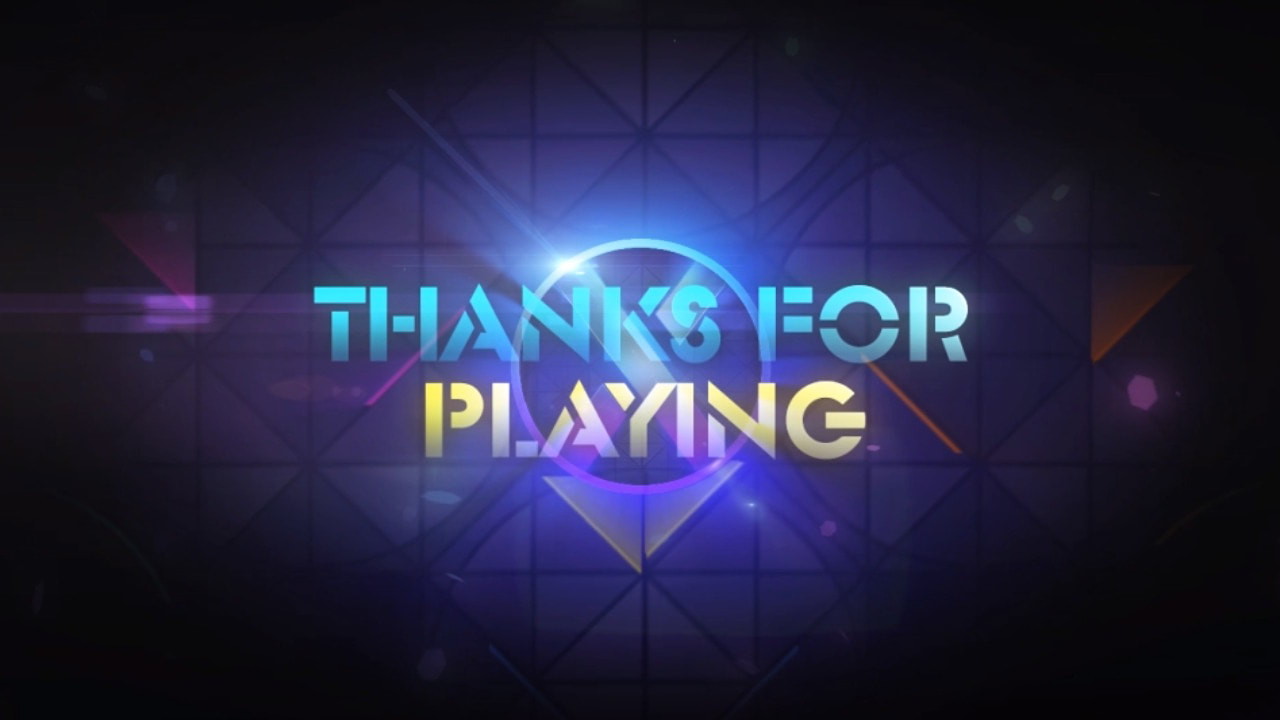

 RSS Feed
RSS Feed